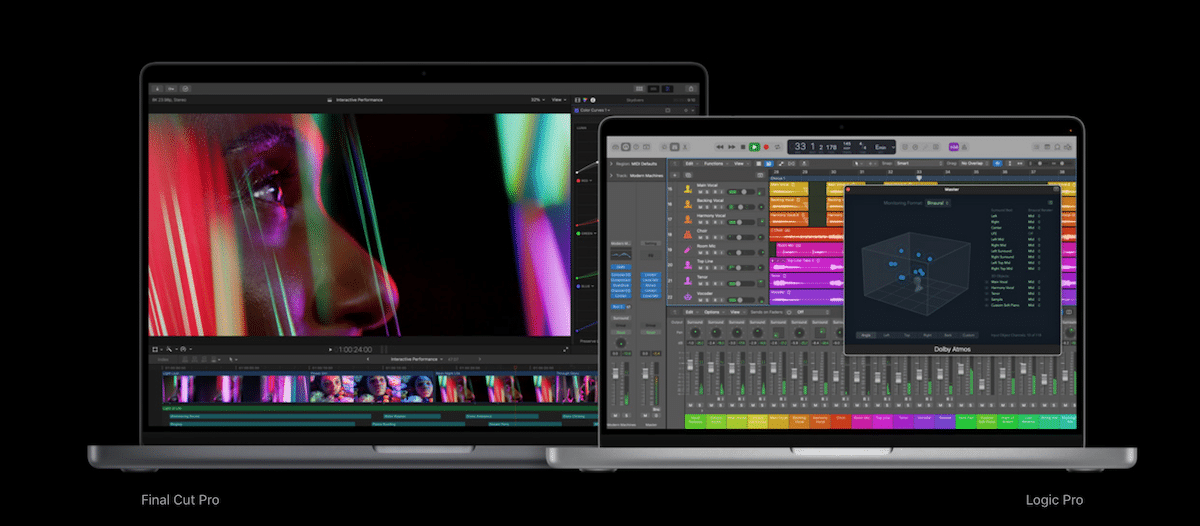


If you want to replicate the exact steps, you can download his custom LUT here.

In this case, it’s a LUT he’s created by himself. This seems to be a quite useful tool, right? Be aware, though, that you should select the right profile in advance in the dropdown menu before making any changes.Īt this stage, Armando sets a base LUT on the footage. That is, in fact, the very first step usually reserved when treating raw files.Īs a next step, you should head to the master tab of the clip to adjust color temperature and tint. Right off the bat, you can see one of the most amazing features in action: white balance adjustment. In this particular case, Armando tackles his color grading workflow with a simple close-up shot, no-frills, no special lighting gear. But we’ve gone a long way from there, and now even cheap entry-level mirrorless cameras have log profile, or at least a quasi-log, like HLG. In fact, some will remember the birth of Cinelike profiles, one of the first attempts made to recreate log images in DSLRs. The process was kicked by the 5D Mark II, which was in no way a log shooter but gave the initial spin to the wheel. The diffusion of Log profiles in the low end of the industry was a real revolution. Specifically, on the Canon C200, you can find C-Log2, and who could be a better candidate than Armando Ferreira to guide us in the process of grading this flat and unappealing profile. The usage of Log profiles is almost ubiquitous and each brand has developed its flavor. The advent of Log footage has changed completely the shape of the industry in just a few years and the way filmmakers are getting the so-called film look in post.


 0 kommentar(er)
0 kommentar(er)
